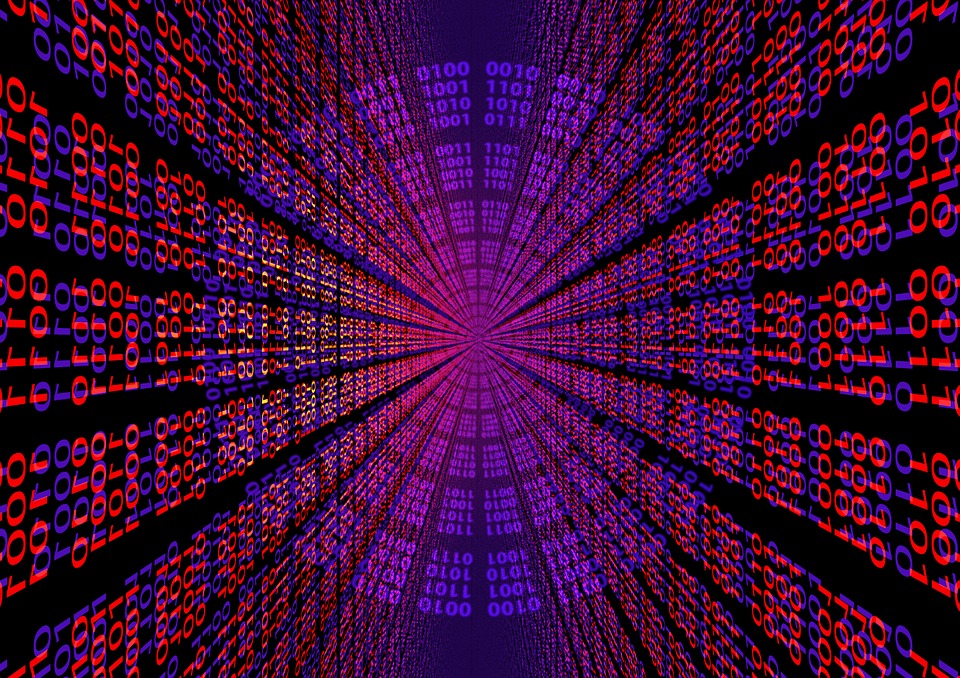The complex, layered and dynamic aspects of heritage objects and sites on the one hand and technically sophisticated but static and simplifying visualizations on the other hand has resulted in a paradox. A paradox that potentially can frustrate both academics and the general public.
Virtual reconstructions of ancient objects, buildings, sites and even complete cultural landscapes are derived by a wide range of specialized interpretative steps and decisions. These reconstructions are increasingly used both as a research tool and as a means to transfer academic knowledge to the wider public. However, the ways in which archaeological reconstructions are made and the degree to which archaeological, architectural or historical evidence, interpretation and -often an important aspect- sheer imagination play a role, usually is not made explicit. With the increased use of virtual reconstructions in academic debate, the demand for clear guidelines and ‘annotations’ in the construction and use of virtual reconstructions has grown correspondingly.
Visual reconstructions operate on the nodes of interaction between research on heritage, public history, the heritage perspective (with related questions of cultural belonging) and the visualization domain. It is time to address the need for new integrated and more multi-disciplinary approaches, and create opportunities based on heritage reflection to improve research agenda’s and research tools.
Curatorial practice
Apart from this theoretical reflection on heritage there is another paradox visible that is related. It is the paradox between and the growing gap between the curatorial practice with no urgency to use technology and the societal practice where (sensor) technology is touching nearly every object, site and person and where data, people and objects are integrated into one digital system: Internet of Things (IoT). Another paradox that potentially can frustrate both curators and museum visitors.
Museums curators are being considered to be very reluctant to use technological tools in their curatorial practice. But the key question until now was: is technology really touching the objects that are curated? In other words if technology is not touching the real object – as sensor technology will do in the near future – there is no urgency to use technology.
Dynamic heritage concept
Until now, the role of digital visualizations with regard to dynamic heritage has hardly been addressed. Heritage remains are highly dynamic. New discoveries and changing insights continuously change academic knowledge and interpretation of objects, sites and landscapes. In addition, modern perceptions on the significance of specific remains for modern society are also changing, because of changing ideas about the past.
The dynamic nature of heritage implies that any reconstruction or visualization is limited to specific temporal and geographical contexts. In some ways, they say as much about the time of reconstruction as they do about the past. In recent decades, the significance of digital visualizations and reconstruction for heritage has become apparent. Such digital imagery plays an increasingly important role to present heritage to a wider public. Moreover, the possibilities for such visualization in heritage are being explored, especially with regard to the varieties in reconstructing landscapes, objects and buildings on the basis of a fragmented past. One of the main new questions will be: what happens if museum objects will turn into smart objects? Will this create a curatorial revolution?
Future Museum
Digital innovation used to design programmes that prevent the material and immaterial oblivion of the artistic and cultural heritage. Programmes that renew the re-proposition of the work. They render the visitor the protagonist in a dialogue with art offering tools and information that widens perception. The museums are open constructions around which entire communities come together and exchange visions and points of view. Culture becomes interactive, participatory and diffuse: art is everywhere.

Get in touch